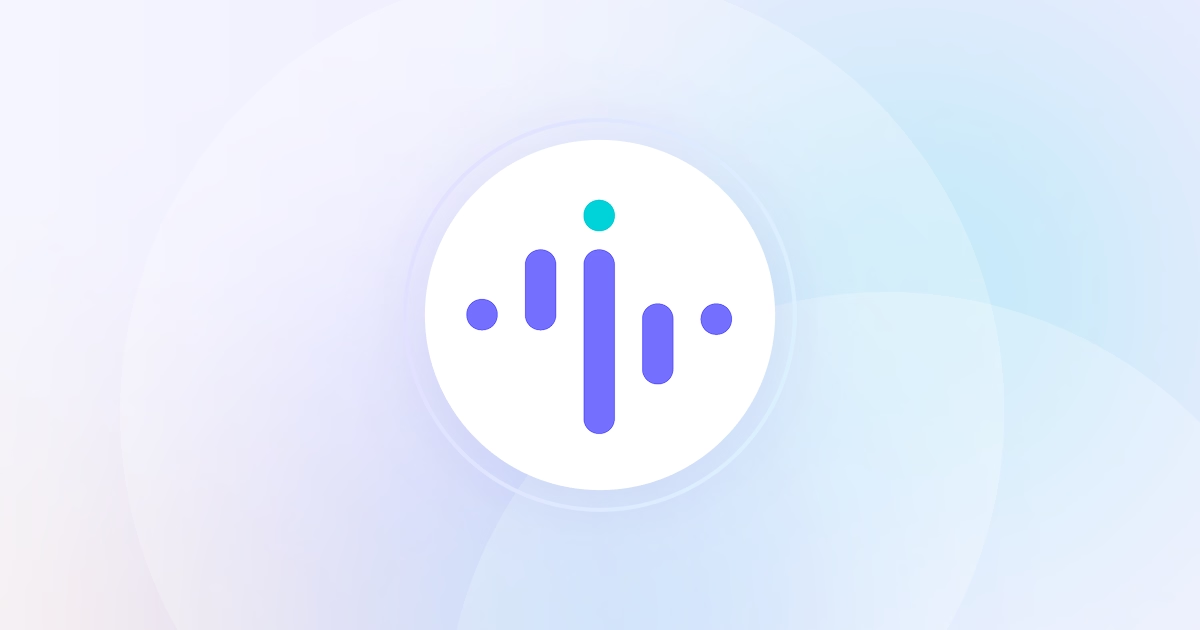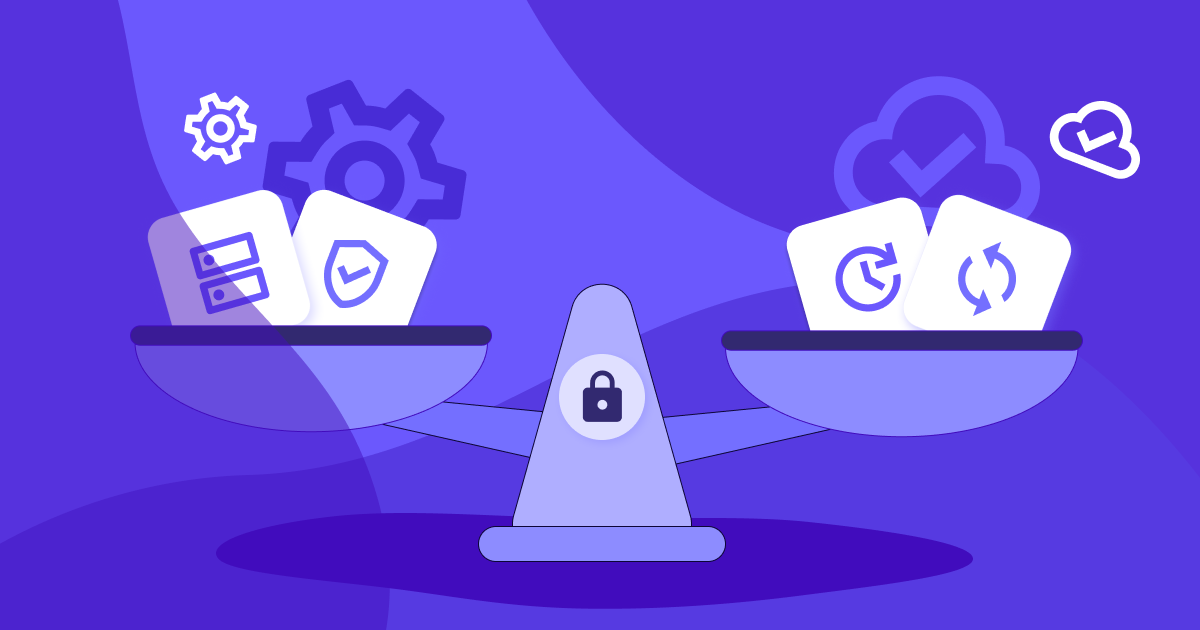How to Introduce a Productivity Monitoring Software at Your Company Without a Headache

.png)

In this article, we’re going to discuss:
- Why unclear tracking policies create anxiety and how to replace fear with transparency.
- Which tracking modes to use (and avoid) depending on your team’s workflows and privacy norms.
- How to position productivity monitoring as a support tool, not surveillance, so employees buy in early.
- Ways to turn productivity data into coaching and process fixes, not just reports or audits
Remote and hybrid work are here to stay, but many teams still lack clear visibility into how work happens day to day. That’s why more companies are turning to productivity monitoring tools.
Without the right rollout, these tools feel invasive. Employees get anxious, misunderstand the purpose, or assume they’re being surveilled. That tension kills trust and adoption.
Workforce analytics platforms can offer real value, but only when introduced with transparency, flexibility, and shared control.
This article shows you how to roll out productivity monitoring in a way that earns buy-in and delivers results.
Inconsistent Monitoring Practices Create Culture Risk
Unclear usage of monitoring tools is the problem. When employees aren’t told what’s being tracked, when it’s tracked, or why it matters, even well-intentioned tools can damage morale. Without consistency, teams get mixed messages: some are monitored daily, others never; expectations shift by department or manager.
Especially in hybrid environments, this lack of transparency leads to low engagement, quiet resistance, or even attrition. If employees suspect surveillance, they’ll find ways to disengage.
Fixing this starts with operational clarity, policy alignment, role-based norms, and a transparent rollout plan.
How to Roll Out Monitoring Software Without Undermining Morale
You don’t need to convince your team that monitoring is good. A successful rollout reframes monitoring as a visibility tool and proves that it is the fair decision. That means clear boundaries, purpose-built tracking setups, and shared access to the data.
Here’s how to do it right:
Step 1: Define What “Work Visibility” Actually Means
You need to set the narrative before assumptions take hold. Start by clarifying exactly what productivity monitoring is intended to solve, like spotting overloaded workflows or validating project timelines. Then outline what’s being tracked (e.g., app usage, idle time) and what’s not (e.g., personal messages or off-hours activity).
If your teams don’t understand how their data will be used, they’ll default to skepticism. Turn that around with a visibility charter: document what gets tracked, when tracking happens, and who has access. This gives employees clear guardrails and helps you align tool use with company values from day one.
Step 2: Choose the Right Tracking Mode for Each Team
You need to tailor monitoring settings to how each team actually works. Support teams might need active time tracking across shifts, while product teams may only need project-based tracking. Applying a blanket setup creates friction, especially if employees feel over-monitored for the nature of their work.
Choose a monitoring software that gives you that flexibility. You can choose from modes like scheduled tracking, manual clock-in/out, or task-based activity monitoring. Use this to align visibility with role expectations. When tracking feels situationally fair, resistance drops and adoption rises.
Step 3: Share the Data
You need to make data access a two-way street. When only managers can view activity logs, it reinforces a power imbalance that undermines trust. Instead, give employees access to their own dashboards so they can see what’s being tracked, how it’s labeled, and what their productivity profile looks like.
Insightful’s platform enables this by default, employees can log in to view their time usage, app activity, and even performance trends. This visibility empowers self-correction, supports goal setting, and neutralizes the “you’re watching me” dynamic. Shared data shifts monitoring from oversight to ownership.
Step 4: Integrate Monitoring With Performance Conversations
You need to position productivity data as a coaching tool. When monitoring insights are only used to flag underperformance, they reinforce fear. Instead, use the data to start better conversations: What’s causing idle spikes? Are tasks taking longer due to tool friction or unclear scopes?
With real-time activity logs and productivity breakdowns, you can isolate patterns, like someone consistently working late or getting stuck in non-core apps. Bring that context into 1:1s to guide support. This shift makes the tool feel helpful, and builds a culture where data drives growth.
Step 5: Normalize the Tool With Small Wins
You need to prove the tool’s value early and visibly. Don’t let monitoring feel like a background process or a passive report generator. Use your first few weeks of data to spot and fix clear friction: an overloaded support queue, a team stuck in redundant tools, or inconsistent break patterns signaling burnout.
Share those fixes widely. When employees see that monitoring leads to better shift balancing, fewer distractions, or clarified project scopes, the tool earns trust organically. With Insightful’s actionable productivity insights, you can turn raw data into fast wins, and build momentum for long-term adoption.
FAQ: Answering the Hard Questions About Monitoring Tools
How can productivity tools reduce monitoring anxiety?
Employee monitoring software reduces anxiety when it’s rolled out with clear boundaries and shared visibility. When employees can access their own productivity data and understand what’s being tracked, monitoring becomes a tool for clarity.
What’s the best way to balance productivity monitoring and employee privacy?
The key is using productivity monitoring software that supports flexible tracking modes and employee-facing transparency. Tools like Insightful let you turn off tracking in sensitive apps, allow manual time entries, and give employees access to their own data, so monitoring stays ethical, not invasive.
What’s the risk of using stealth mode to monitor employees?
Using a PC monitoring software with stealth mode without consent can erode trust fast. Even if it’s legally permitted, it rarely aligns with culture goals. Use it only for specific cases, like security reviews or compliance investigations, and make visible, flexible tracking your default approach.
Common Mistakes That Undermine Adoption & Trust
Rolling out monitoring software without a strategy often backfires. These mistakes derail trust, slow adoption, and make performance data harder to use.
- Skipping a communication plan → Confusion and pushback → Fix: Announce intent early, explain what’s tracked, and let teams ask questions.
- Using one-size-fits-all tracking → Perceived micromanagement → Fix: Match tracking modes to job types using tools like Insightful’s project-based or manual tracking.
- Not giving employees data access → Creates suspicion → Fix: Make self-access the default so teams can audit and understand their data.
- Ignoring early friction signals → Quiet resistance → Fix: Watch for disengagement, invite feedback, and adjust configurations in real time.
When Vitality Medical rolled out Insightful, they focused on transparency, giving employees access to their own data and limiting monitoring in sensitive apps. Leading to smoother adoption and a cultural shift toward accountability and trust.
From Resistance to Empowered Productivity
When you introduce productivity monitoring with clarity and choice, it becomes a lever for performance. Teams work more confidently when they understand how data is collected, how it’s used, and how it supports their goals.
With a platform like Insightful, you can balance visibility with fairness, enabling real-time coaching, smarter resourcing, and better outcomes across remote and hybrid teams.
- Align tracking modes to real workflows with project-based, manual, or scheduled options.
- Share dashboards and reports with teams to drive self-improvement and transparency.
- Identify workflow bottlenecks early, before they hit KPIs or morale.
✅ Start a 7-day free trial or book a demo to see Insightful in action.
Updated on: June 26th, 2025

.jpg)
.jpg)
